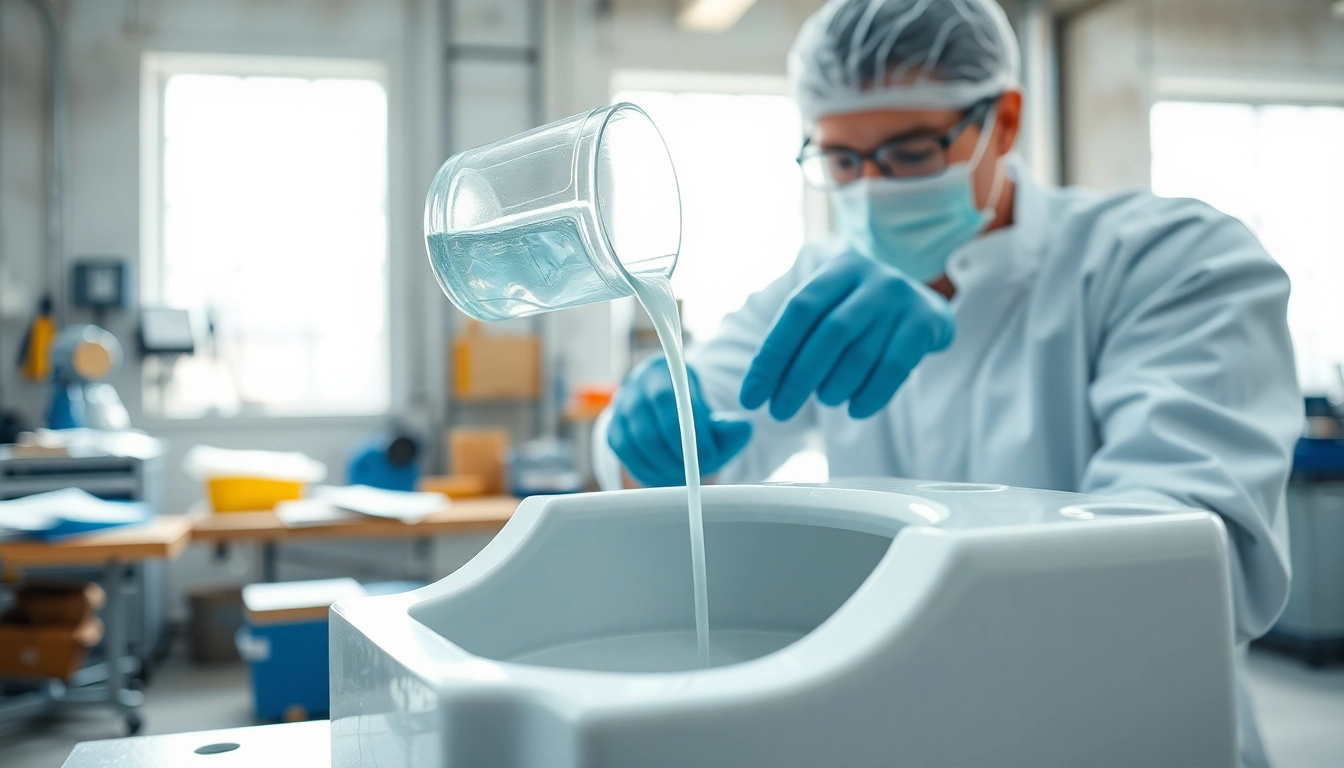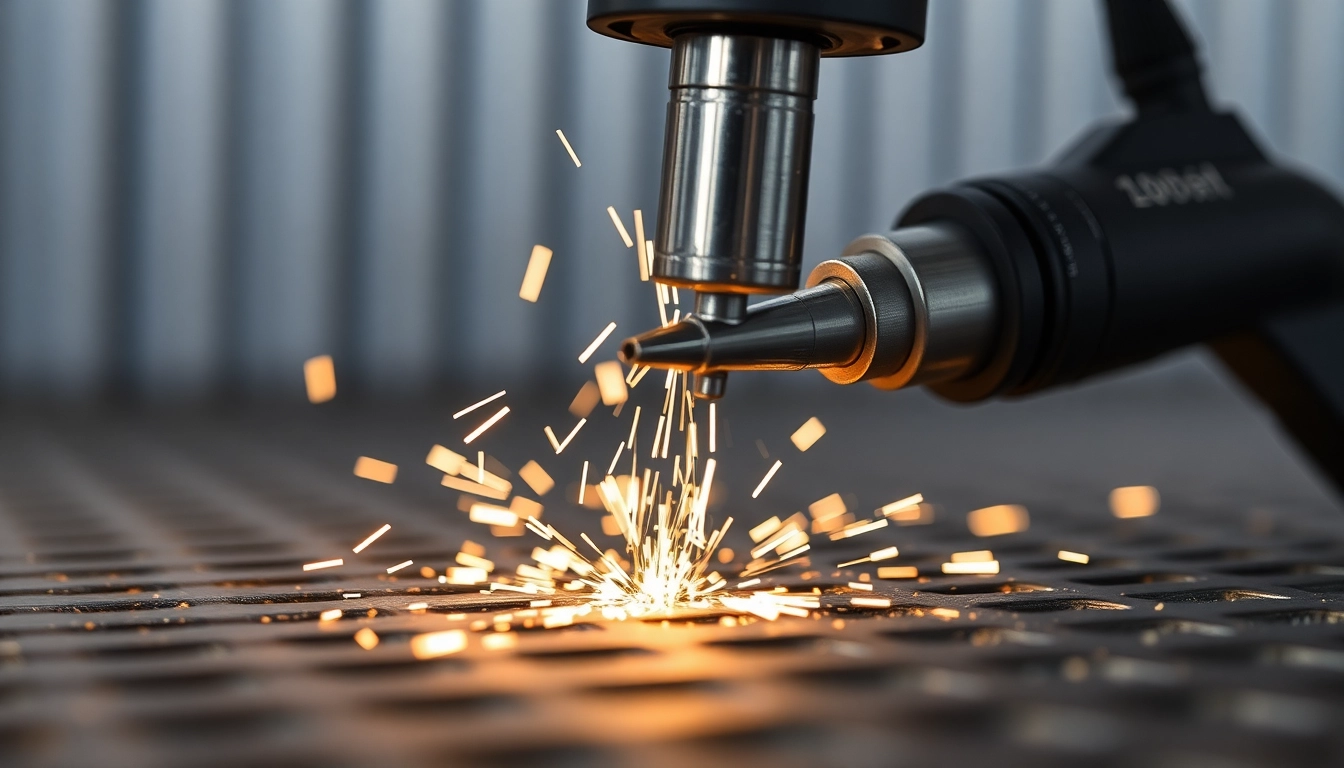Understanding Infusion Resins
What Are Infusion Resins?
Infusion resins are a specific class of thermosetting resins that are used primarily in composite manufacturing processes. These resins are designed to flow efficiently within a mold and fill the spaces between reinforcing fibers, which ultimately creates strong and durable composite materials. The infusion process involves drawing a vacuum to remove air from the mold, after which the resin is introduced and evenly distributed throughout the composite structure. This technique is known for producing high-performance, lightweight components ideal for various industries.
One of the essential features of infusion resins is their low viscosity, which allows for better wet-out performance of the fibers and helps ensure complete saturation during the infusion process. The ability of these resins to penetrate deep within complex fiber architectures is crucial for enhancing the structural integrity of the final product. For a deeper exploration of infusion resins, you can consult several resources that highlight their characteristics and applications, such as infusion resins.
Key Properties of Infusion Resins
The effectiveness of infusion resins can be attributed to several key properties that make them suitable for composite applications:
- Low Viscosity: This property ensures that the resin can effectively flow into all areas of the mold, even those that are complex or tightly packed with fibers.
- High Strength-to-Weight Ratio: Infusion resins provide significant structural strength while maintaining a lightweight profile, which is particularly valued in aerospace and automotive applications.
- Durability: Once cured, infusion resins exhibit excellent resistance to environmental conditions, chemical exposure, and physical impacts, making them suitable for demanding applications.
- Controlled Flow Characteristics: These resins are engineered to optimize flow behavior, which is critical for achieving consistent fiber wet-out and minimizing manufacturing defects.
Types of Infusion Resins Used in Industry
Several types of infusion resins are utilized across various sectors, each catering to specific applications and performance requirements:
- Epoxy Resins: Known for their exceptional adhesive properties and mechanical strength, epoxy infusion resins are widely used in aerospace, automotive, and marine applications.
- Polyester Resins: These resins are cost-effective and commonly used in less demanding applications, such as in the manufacturing of fiberglass products.
- Vinylester Resins: Combining the benefits of both polyester and epoxy resins, vinylester infusion resins offer improved resistance to water and chemicals, making them suitable for a variety of industrial applications.
- Bio-based Resins: As sustainability becomes increasingly crucial, bio-based infusion resins derived from renewable resources are gaining traction. These new materials aim to reduce the environmental impact of composite manufacturing.
Advantages of Using Infusion Resins
Enhanced Strength and Durability
The use of infusion resins significantly enhances the mechanical properties of composite materials. Their inherent strength allows manufacturers to create components that can withstand extreme operational conditions, such as temperature fluctuations, high pressure, and impact forces. This enhanced durability results in longer-lasting products, reducing the need for frequent replacements and maintenance.
Improved Workflow Efficiency
Infusion resins are also known for their ability to streamline manufacturing processes. By using vacuum infusion, manufacturers can achieve better fiber saturation and fewer defects, compared to traditional methods like hand layup. This not only enhances the quality of the final product but also reduces production time and labor costs. Automation of the infusion process further contributes to efficiency, allowing manufacturers to scale operations without compromising quality.
Cost-Effectiveness in Production
While the initial investment in materials and equipment for infusion resin processes may be higher, the long-term cost-effectiveness is evident. Reduced waste, lower labor costs, and the ability to produce high-quality composite parts lead to lower overall production costs. Additionally, the durability of infusion resin products can result in reduced lifecycle costs, further optimizing your return on investment.
Applications of Infusion Resins
Composites in Aerospace Manufacturing
In the aerospace industry, weight reduction is crucial for enhancing fuel efficiency and overall performance. Infusion resins play a vital role in fabricating high-strength components such as wing structures, fuselage parts, and other critical components. The ability to create complex shapes with minimal weight while maintaining structural integrity makes infusion resins ideal for this sector.
Automotive Industry Innovations
The automotive sector is increasingly adopting infusion resins for manufacturing lightweight parts that enhance performance and fuel efficiency. Infusion processes allow for the creation of intricate components such as body panels, structural reinforcements, and interior parts. Furthermore, the use of infusion resins supports the industry’s shift towards sustainable practices, as many manufacturers now incorporate bio-based resins in their production lines.
Marine Applications and Benefits
In marine applications, infusion resins are used extensively for their water resistance and strength. Boat hulls, decks, and other structures benefit from the durability of these resins, which contribute to the overall resilience and longevity of the vessels. The ability to infuse large components in a single process significantly reduces the risk of voids and discontinuities that can lead to compromised structural integrity over time.
Best Practices for Working with Infusion Resins
Preparation and Mold Design
Successful infusion resin application begins with meticulous mold preparation. Molds should be designed to facilitate efficient resin flow and minimize entrapment of air. Proper release agents must be used to ensure easy separation of the cured composite from the mold. Additionally, vacuum bagging techniques should be employed to maintain a consistent vacuum pressure throughout the infusion process.
Mixing and Application Techniques
Mixing infusion resins requires precise measurement and thorough blending of resin and hardener to avoid issues like delayed curing or incomplete hardening. Specialized mixers can enhance the mixing process and ensure uniformity. Application techniques should be chosen based on the specific characteristics of the resin and the complexity of the part. Techniques such as multi-inlet flow paths can be employed to optimize infusion rates and achieve consistent results.
Post-Application Curing Processes
Once the resin has been infused, curing is the next crucial step. Proper curing conditions, such as temperature and time, must be adhered to for optimal performance of the composite. Post-curing treatments can also enhance certain properties of the finished product, such as increasing glass transition temperature or improving dimensional stability.
Future Trends in Infusion Resins
Advancements in Sustainable Materials
The demand for sustainable materials is growing, and infusion resin technology is no exception. Researchers are exploring the development of bio-based resins and recyclable composites that can meet the performance criteria necessary for high-stress applications. The shift towards greener practices will likely reshape the landscape of composite manufacturing, presenting opportunities for innovation.
Innovations in Process Technology
Future advancements in infusion resin technology are expected to revolve around improving processing efficiency. This includes exploring faster curing systems, advanced monitoring techniques for real-time control during the infusion process, and automation technologies that can optimize production rates. These innovations will help reduce labor and material costs while improving the overall quality of the products.
Predicting Market Growth and Opportunities
The market for infusion resins is projected to grow significantly as industries continue to recognize the advantages of composite materials. Sectors including aerospace, automotive, and marine will likely drive demand. Emerging markets and increased emphasis on lightweight and durable materials are expected to further support the growth of infusion resins in various applications, creating opportunities for manufacturers and suppliers alike.



